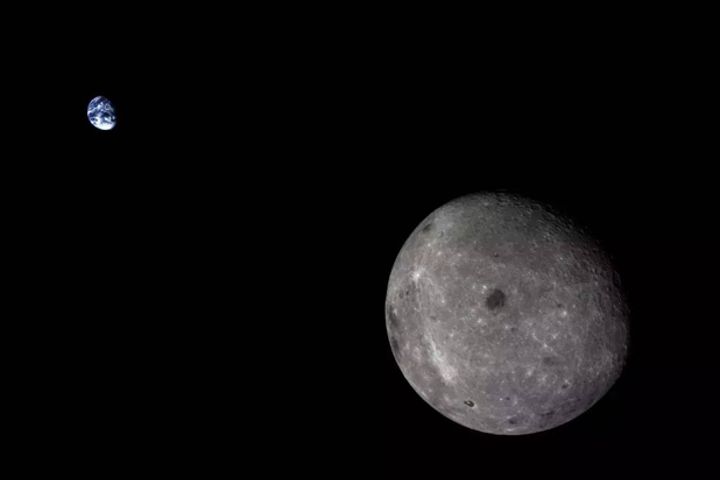 China to Explore Moon's Poles in Search for Lunar Water
China to Explore Moon's Poles in Search for Lunar Water(Yicai Global) Sept. 27 -- China's space agency plans to land on and start exploring both the moon's polar regions by 2030 to research lunar soil and discover water-ice on the dark side of the north pole.
The China National Space Administration is planning the fourth stage of its lunar exploration program, which will include four separate missions, Li Guoping, director of the organization's systems engineering department, said last week at the World Conference on Science Literacy 2018 in Beijing.
South pole exploration aims to find out how old lunar soil is and study the composition of hydrogen, carbon, helium and oxygen isotopes in the solar wind, Li added. Up north, the administration plans to look for ice on the far side of the moon.
Astronomers have found concrete evidence that proves the existence of water, found as ice due to the moon's low temperatures, on the surface of the natural satellite, according to an Aug. 20 report on the American National Academy of Sciences' online scientific journal.
Earlier findings had detected sub-surface water, but the latest discovery could prove helpful if humans are to ever build a permanent base on the moon, New Scientist magazine reported the same day.
Four-Pronged Program
The current phase of China's space program entails four core missions, with excursions to the moon's poles making up the last two. After that, the space administration plans to set up a research base on the moon and explore it further via human and robot missions, Li said.
The first of the goals is to send the Chang'e-4 lunar probe to land on the far side of the moon in December this year, which would make China the first country to achieve such a feat. A relay satellite, named Queqiao, has already entered a halo orbit around the L2 Lagrange point of the Earth-moon system, meaning it will orbit fairly stably between the two bodies.
Queqiao was the first satellite to ever follow such an orbit, and from there it will relay information between the Earth and dark side of the moon as otherwise Chang'e-4 will be unable to communicate with the control station back home.
The second mission will be to collect lunar samples and bring them back home -- something China has done before under an earlier stage of its lunar exploration program, which began in 2003.
Editor: James Boynton